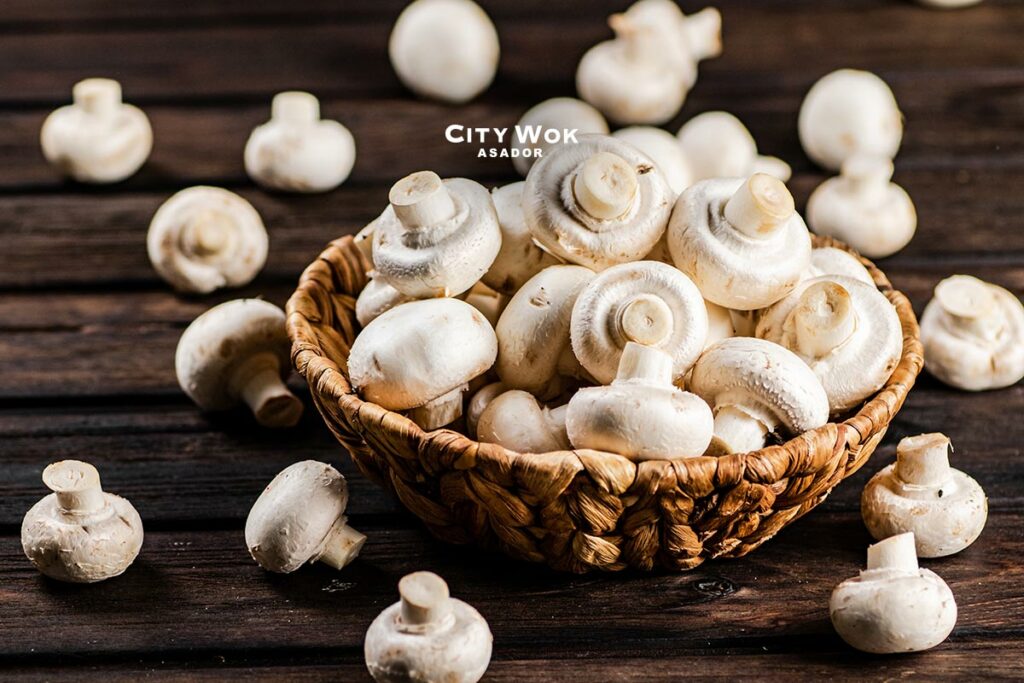Alimentos de temporada de Otoño

El otoño es sinónimo de volver a empezar. Muchos consideran que el año empieza en septiembre, bien por el curso escolar o por el fin de las vacaciones. Pero de lo que no tenemos ninguna duda, es que esta época del año es un punto y aparte para todo en general: dejamos las vacaciones atrás y empezamos de nuevo la rutina, la temperatura empieza a disminuir, la luz solar se reduce. Y estos cambios tienen consecuencias para nuestro cuerpo.
Los cambios estacionales tienen una influencia muy directa en nuestra salud y nuestro organismo en general. De hecho, es por ejemplo en primavera cuando más casos de alergias encontramos, en verano, las otitis o problemas derivados de la deshidratación, en otoño empiezan los resfriados y las gripes que llegan hasta el invierno.
El otoño y sus cambios, no solo afectan a nuestro cuerpo y nuestras rutinas, sino que afectan a todo el entorno en general, incluso a los alimentos que consumimos. Pero como sabemos, la naturaleza es sabia, y las frutas y verduras de esta temporada cambian para dar a nuestro cuerpo los nutrientes que necesita y que sufra lo mínimo posible los cambios otoñales.
A continuación, te dejamos una breve guía de los alimentos que debes incluir en tu dieta este otoño.
Frutas y verduras de Otoño
Como ya debemos de saber, consumir frutas y verduras de temporada tiene muchos beneficios que van más allá de los nutrientes que nuestro cuerpo necesita en este momento del año. Sino que esta simple acción, ayuda a poner nuestro granito de arena en beneficio de nuestra economía más próxima, además de que nos ayuda a reducir las emisiones de CO2 derivada del transporte y actividades requeridas para cultivar fruta y verdura fuera de su temporada.
Por lo general, en otoño, las frutas y verduras destacan por echarnos un cable aportándonos energía, vitamina C, y betacarotenos que en nuestro cuerpo se transforman en vitamina A, y que consigue combatir las bajadas de temperaturas y evitar resfriados y gripes.
Para que sea fácil recordar cuales son estás frutas y verduras de otoño, te dejamos un tipo muy gráfico para que lo recuerdes: por lo general estas frutas y verduras son de color naranja. Un color que es el indicativo de los nutrientes que nos aportan: antioxidantes y vitamina C, que siempre se identifican con este color. Pero para que las conozcas más profundamente estas frutas y verduras son las siguientes:
CALABAZA.
SETAS.
PERA.
NARANJA Y MANDARINAS.
GRANADA.
COLIFLOR.
BONIATO.
HIGOS.
ZANAHORIAS.
Los frutos secos son de Otoño
Más allá de las frutas y verduras otoñales, los frutos secos son uno de los clásicos del otoño, aunque es cierto que podemos disfrutarlos durante todo el año, es el otoño cuando se recolectan y mantienen intactas todas sus propiedades.
La bajada de temperaturas de esta estación supone para nuestro cuerpo un desgaste mayor de energía, para proteger nuestro cuerpo y evitar resfriados y gripes. Es por eso que los frutos secos son un aliado necesario para esta época del año, ya que nos aportan mucha energía. Los frutos secos son utilizados por deportistas para obtener energías saludables antes o después de realizar actividad física.
Pero, ¿qué frutos secos son los ideales para esta época?
ALMENDRAS.
CASTAÑAS.
AVELLANAS.
NUECES.
El pescado también es de temporada
El pescado, al igual que el resto de alimentos, tiene un ciclo biológico en el que en un momento concreto alcanza su punto óptimo de consumo, ya que ha reunido una madurez suficiente donde encontrar los máximos nutrientes posibles.
En nuestra zona en concreto, el pescado que se encuentra en su fase óptima para consumir en otoño es el pez espada, el salmonete, el mero, la dorada, el besugo o la carpa.
El consumir alimentos de temporada, es un beneficio no solo nutricional y para nuestro entorno, sino que también para nuestro bolsillo. Al ser alimentos de proximidad y que en ese momento del año los encontramos en mayor cantidad en el supermercado su precio se reduce, por lo que nos ayudan a ahorrar dinero en nuestra cesta de la compra.
En el Asador City Wok de Málaga procuramos ofrecer los ingredientes de más calidad y en su momento óptimo de maduración para poder aprovechar, no solo del placer del buen comer, sino también de todos los beneficios de los ingredientes y de su forma de cocinarlos.